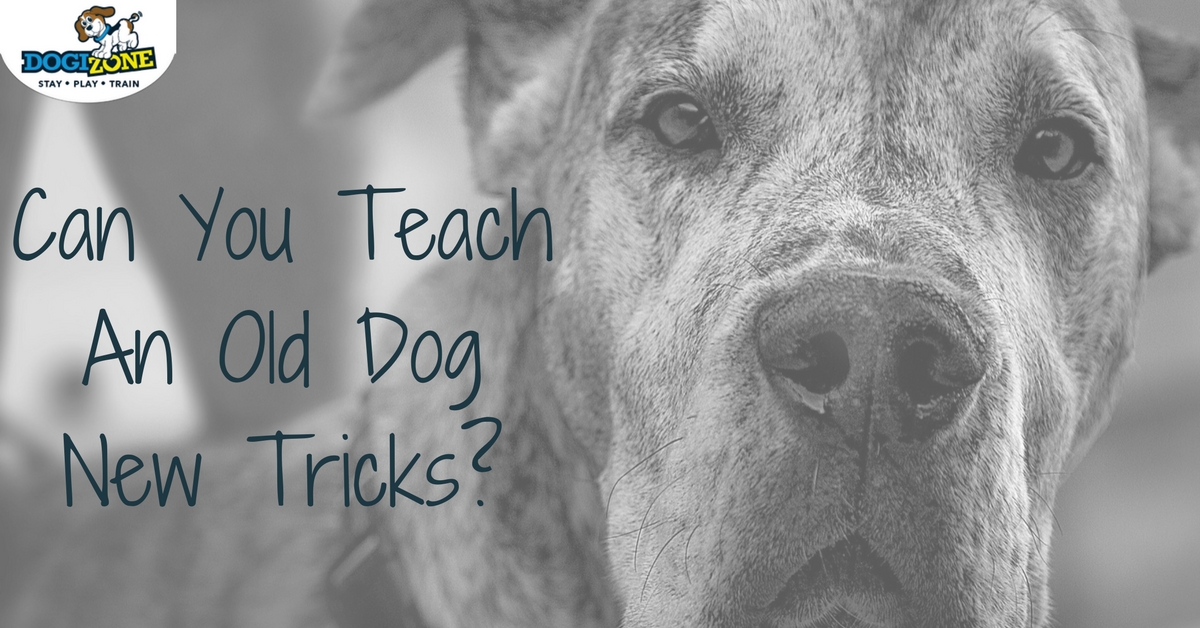Can You Teach An Old Dog New Tricks?
Teach An Old Dog New Tricks 
Everyone is familiar with that old saying “you can’t teach an old dog new tricks.” As old sayings go, this is definitely a saying that is not only slightly inaccurate; it is completely wrong. You can teach an old dog new tricks!
Old dogs, just like young dogs, can learn a variety of tricks based on their natural traits as well as their physical abilities. Older dogs may even be easier to train in many ways than puppies or juvenile dogs as they tend to be calmer and more focused and also less easily distracted.
To get started teaching an old dog new tricks it is always a good idea to start with the basics, particularly if you are adopting the dog and don’t know the commands that have been mastered. This is also true if you haven’t regularly worked with your own pet on obedience.
The Basics
The basic obedience commands include sit, come and down commands. Teach these as you would with a puppy, using small food treats paired with lots of praise and attention.
As with puppies, don’t push or pull on the dog to get them into positions. Remember, older dogs may take a bit more time to get into position for the sit and down command so give them the time needed.
Food treats don’t have to be given with every successful completion. Frequent, random treats are often more effective for the dog. However, always provide positive attention and some praise. Plan to finish off the short obedience lessons with a walk or some fun play time.
Some of the older dogs may not be as motivated by food treats as younger puppies. Try to avoid training right after feeding and experiment with foods to find out what really makes the dog interested in getting the reward. Small bits of boiled chicken are typically a well-received healthy treat and small amounts of hard cheese, fruit or raw veggies are also a favorite of most dogs.
Chaining Commands
Once the basics are mastered, you can begin to chain or add on to the basics. For example, to teach a dog to shake a paw you first have the dog come and then sit and then give the command to shake a paw.
As you give the command careful and gently lift the paw, giving immediate verbal praise, hold the paw and put it down, then give the treat. Be careful not to pull on the leg or pick up the paw too high, just a short distance is fine to start. Over time the dog will lift the paw up higher to meet your hand once they understand what is required.
Keep in mind, reward with verbal praise or a treat with each command in the chain for the first few training sessions. Clickers can also be effective at this as they allow immediate auditory feedback to the dog that he or she is on the right track.

